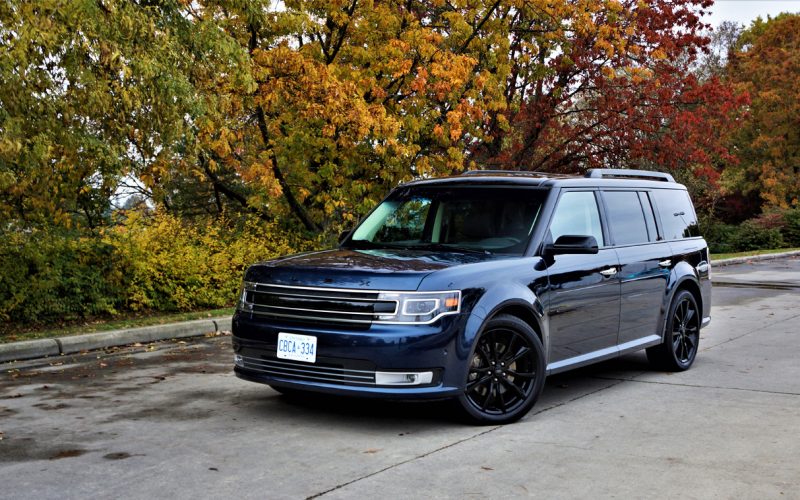
Reading Time: 13 minutesFYI, there are fewer new Ford Flex SUVs still available for sale than I had initially
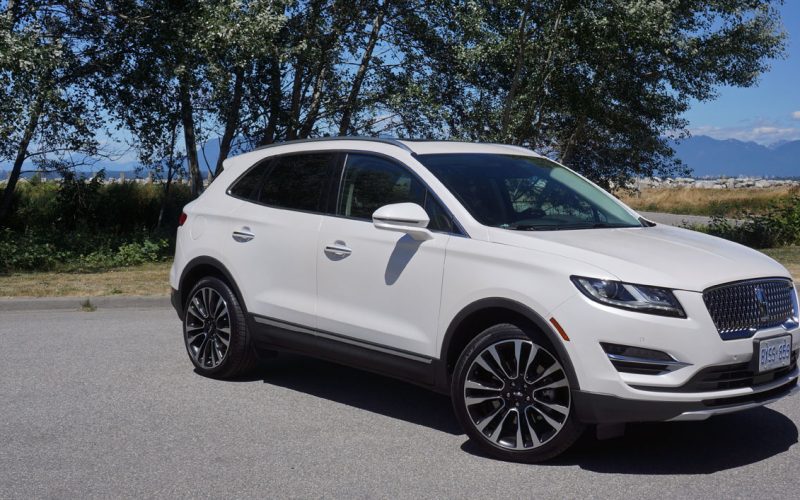
Reading Time: 15 minutesWhen I first saw Lincoln’s new grille design I wondered how they’d graft it onto their
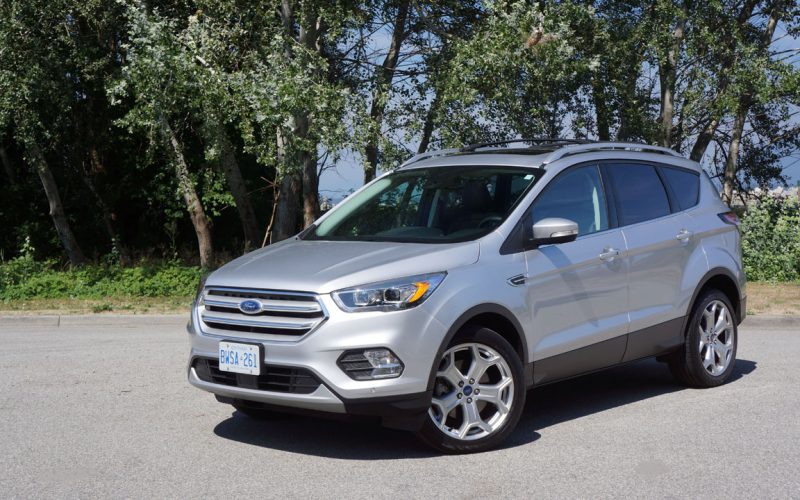
Reading Time: 13 minutesWith an all-new 2020 Escape already showing up at Canada’s blue-oval dealerships, it’s time to say
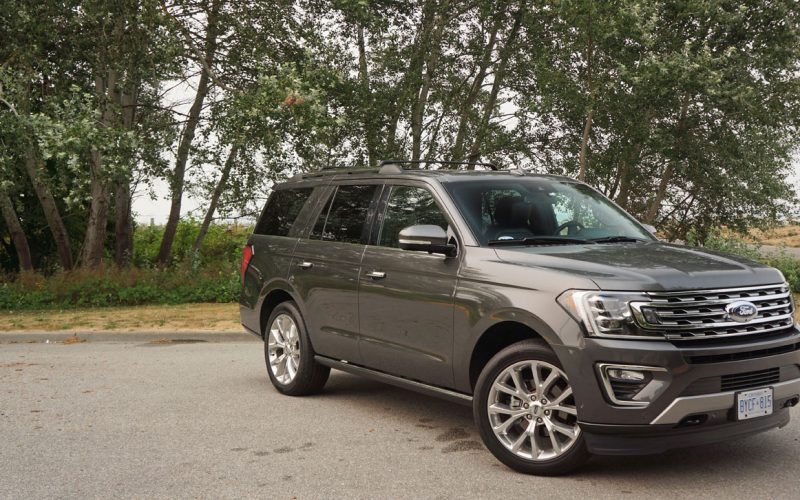
Reading Time: 21 minutesTo say that Ford leads SUV sales in this country is almost as big an understatement
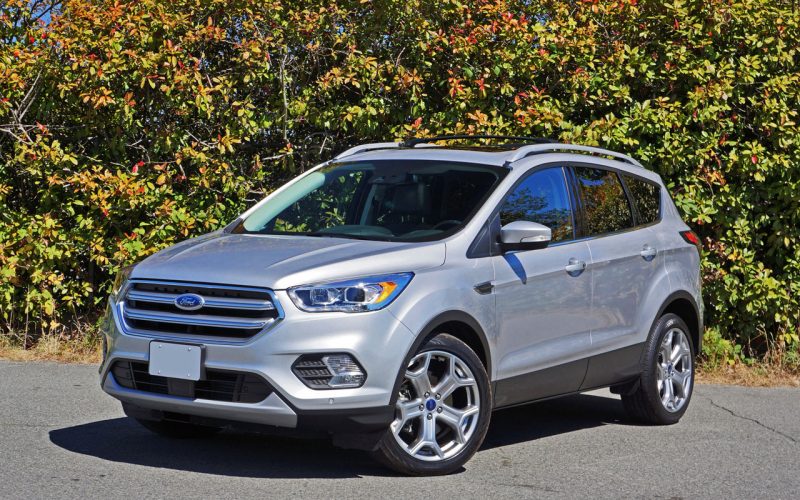
Reading Time: 2 minutesDid the changes to Ford’s fourth-generation 2017 Escape go far enough to keep it in the
© 2025 The Car Magazine. All Rights Reserved, Privacy Policy | Terms of Use